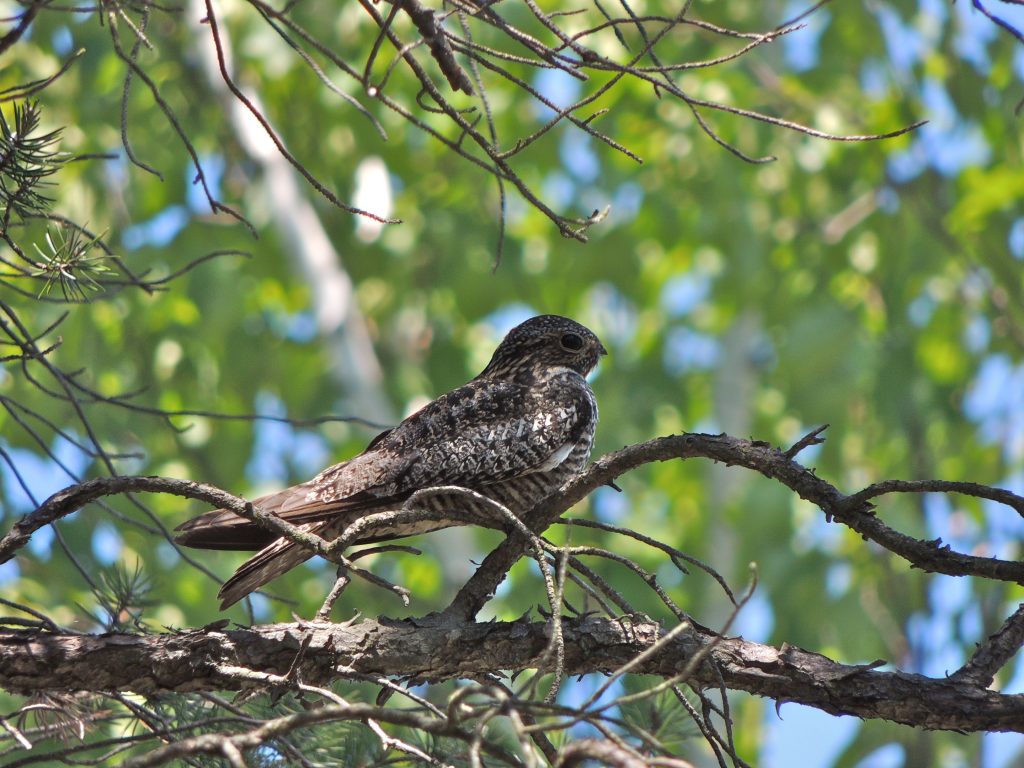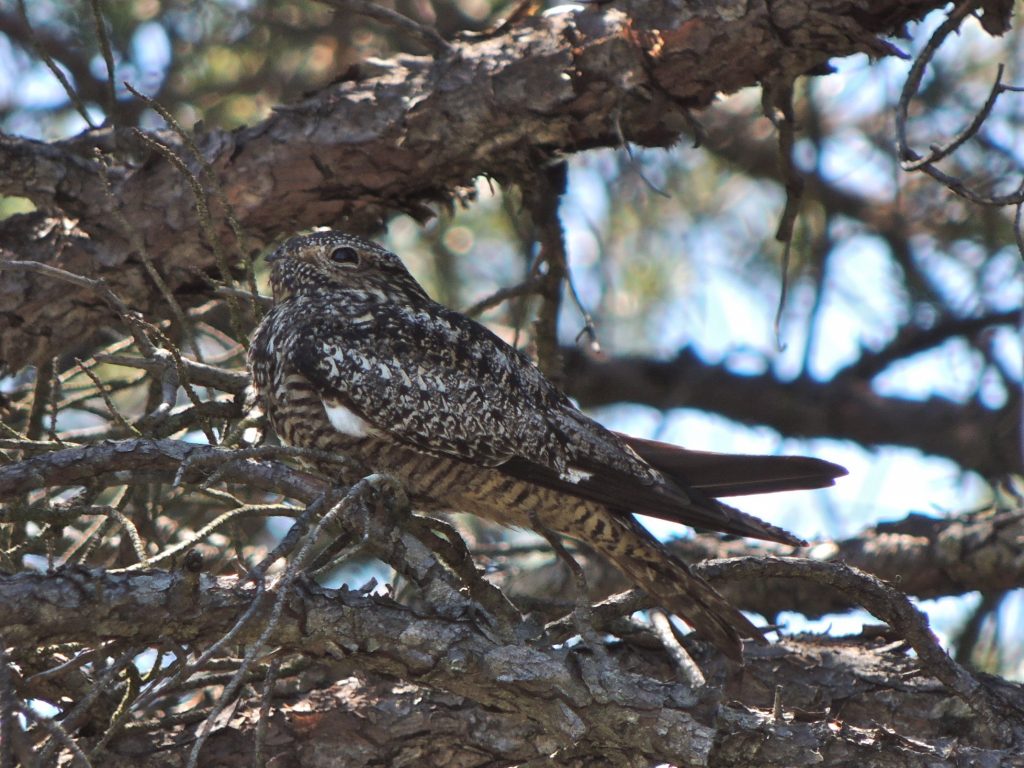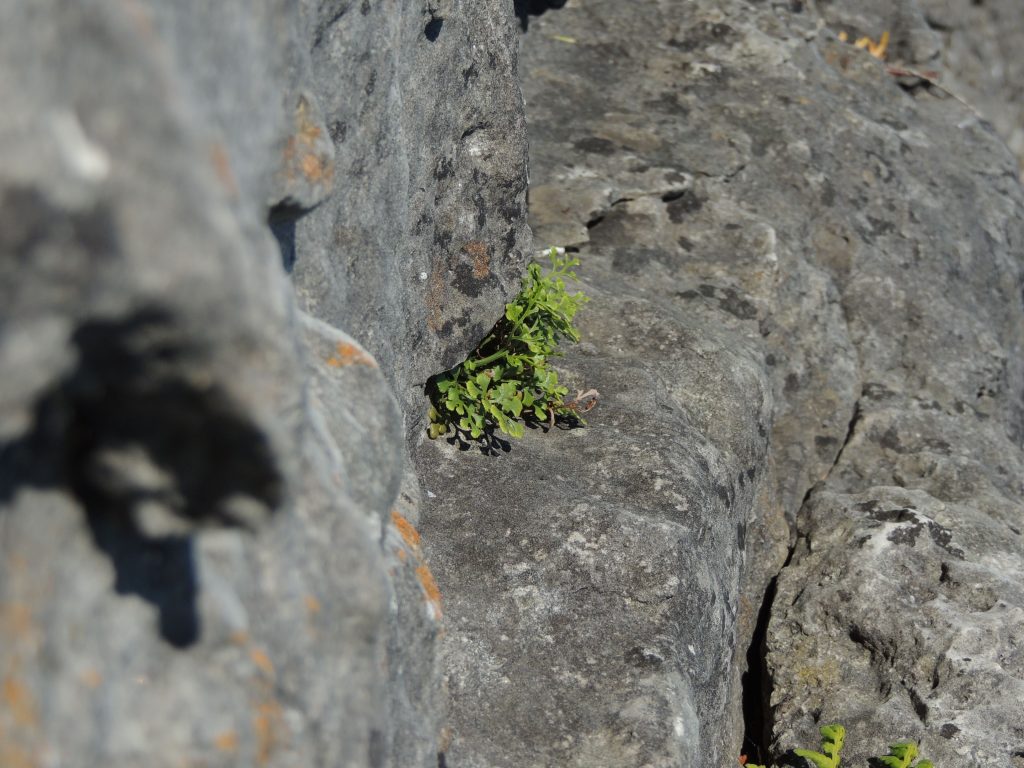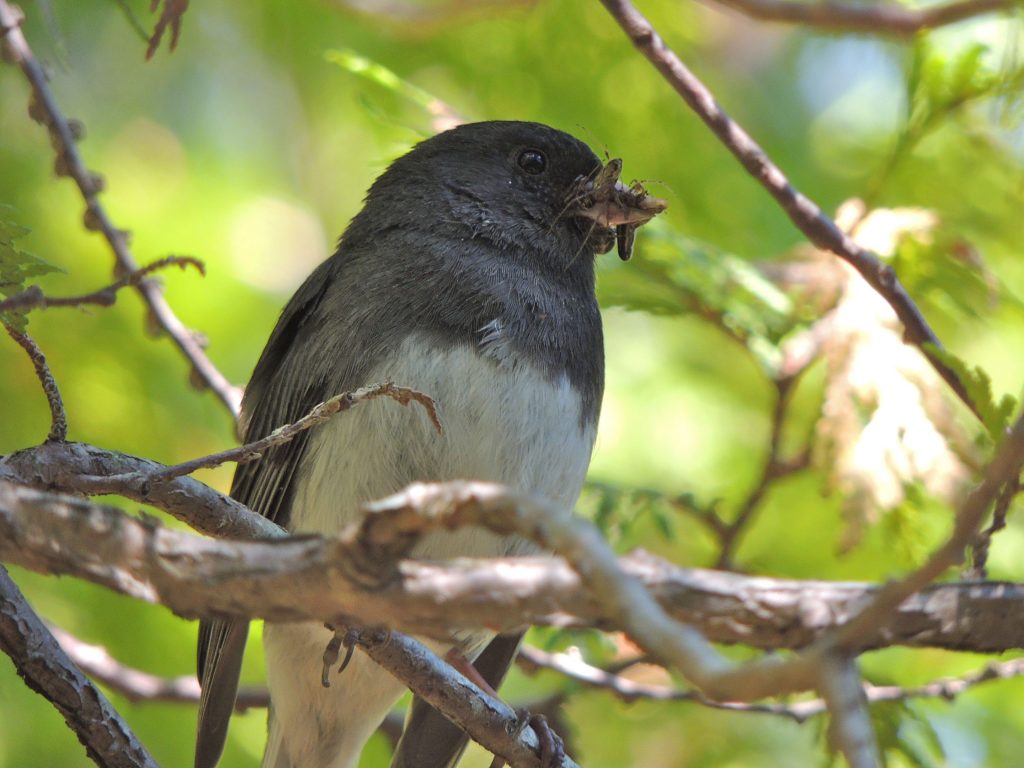June 17 2016. Dyers Bay Rd. Bruce Co. ON. A day or two after I had started to draft the post about Whip-poor-wills, I came face to face, more or less, with a Common Nighthawk. I tried amending the draft to incorporate the two look-alike species, but it ended up like one of those exam essays for which the question starts “Compare and contrast the differences between…etc.” It was too much of a struggle and in any case the Common Nighthawk was such a Bird of the Day that I started afresh.

Common Nighthawks are like Whip-poor-wills in many respects. They are members of the nightjar family: Caprimulgids or Goatsuckers. They all look very much alike (if you’re ever lucky enough to see one) and are birds of dusk and dawn.
Our friend found this one two days ago while searching for orchids and, on a hunch that they are creatures of habit, we went back to the same spot to see if we could re-find it. It saw us and flew up to a nearby branch long before we got too close. It may have been incubating eggs although we certainly didn’t approach to investigate.
Common Nighthawks are one of the most-studied caprimulgids, quite simply because unlike others in the family who prefer dense woodlands, they are more inclined to nest and rest in the open where they can be found and observed.
Enough study has been done to determine that (Ready for this?) dusk flights begin at 28.3 minutes before sunset and ends 68.2 minutes after sunset. Similarly dawn flights begin 54 minutes before sunrise and lasts until about 15 minutes after sunrise. (A great deal less precision there, presumably the researchers had had enough for one night.) Like Whip-poor-wills they fly in pursuit of nighttime moths and unless there is a full moon they sit tight the rest of the day and night.


Before finding the nighthawk, the day had been just as exciting as the previous few days. We’d started at dawn with many wetland birds: American Bittern, Virginia Rail, Green Heron, Alder Flycatcher and Sora among them. Had found a deeply fissured rock outcrop packed full of unusual ferns and later, a small colony of Wall Rue, a fern species that is indescribably uncommon in North America; I suppose I’d have to call it Fern of the Day. One of our other afternoon surprises was a male Dark-eyed Junco carrying food to its nest; we view juncos as winter visitors but I suppose we were just far enough north to be within their breeding range.
